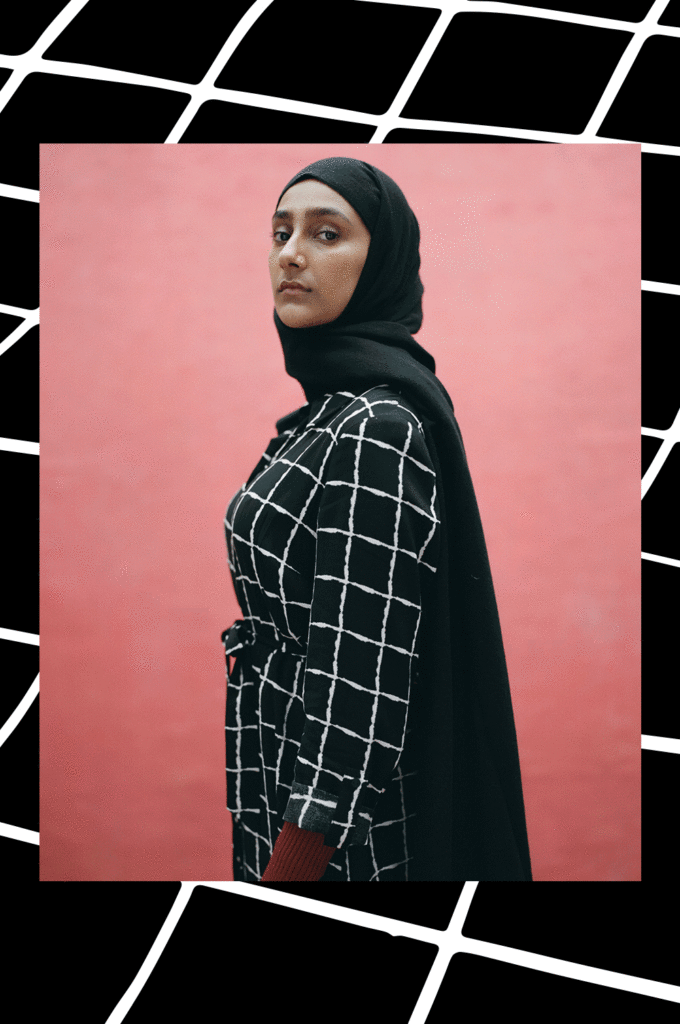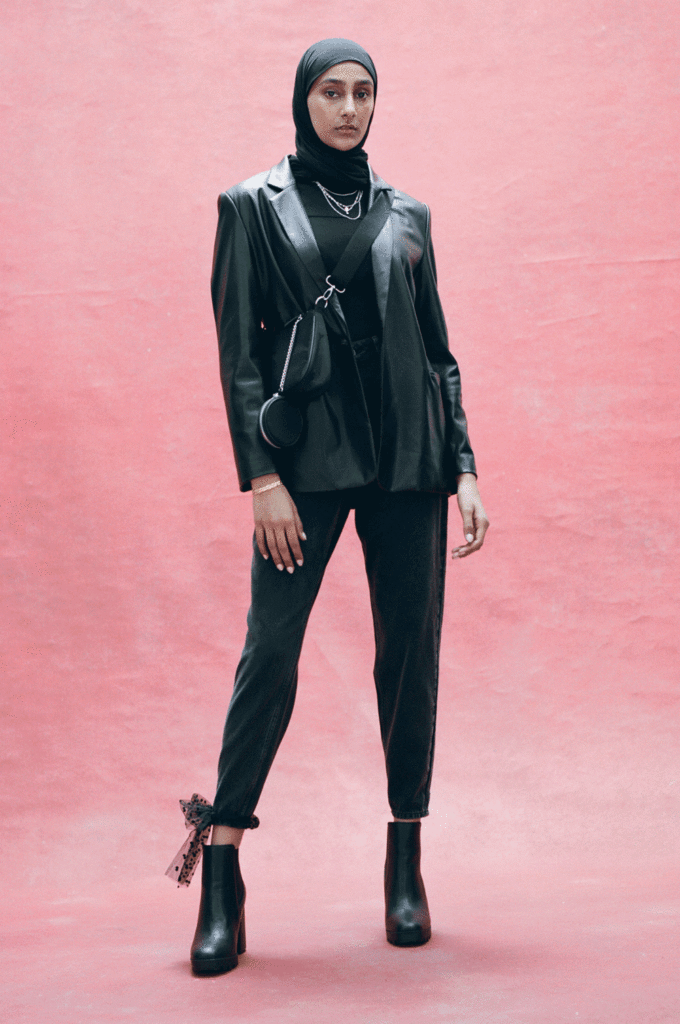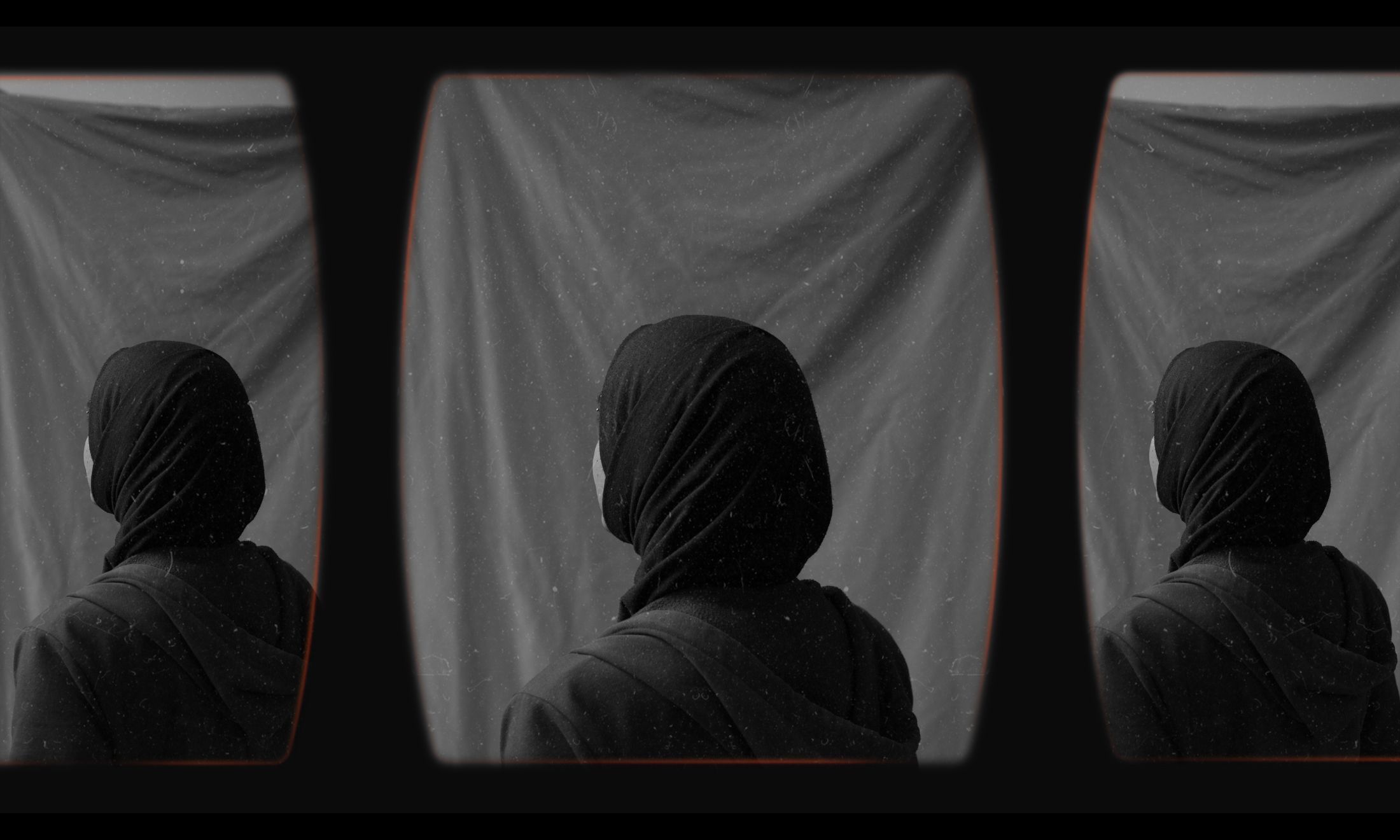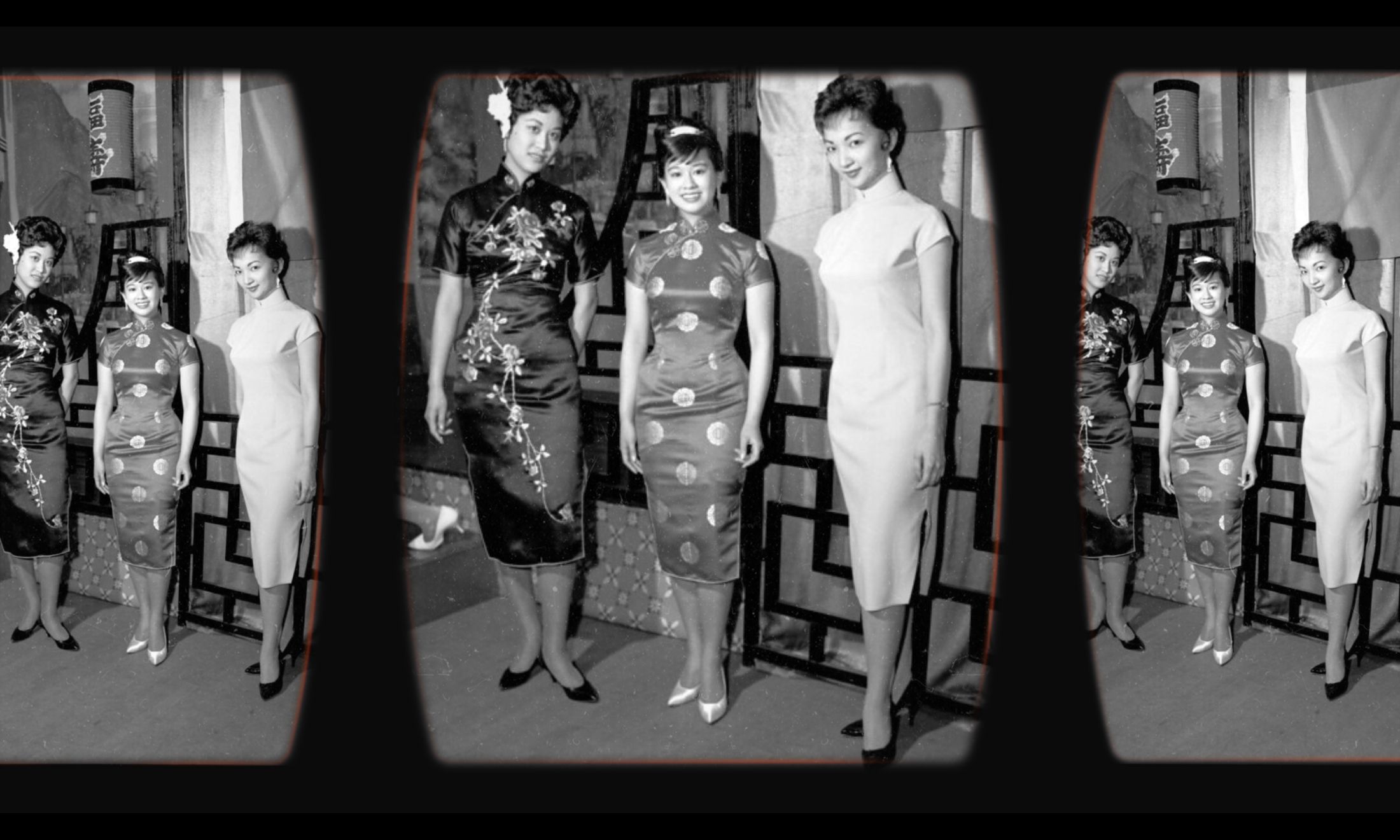
Photography from Primark The Modest Collection
Primark’s new modest fashion range is othering and unnecessary
The high street giant has released a new range targeted at Muslim women, but will this attempt at inclusion actually push them away?
Anmol Irfan
02 Oct 2020
Photography via Primark The Modest Collection
Diversity and representation have become all the rage these days. From black boxes on Instagram to people doing #challengeaccepted selfies with no idea what it was actually about, it seems like everyone is jumping on the bandwagon. But, in brands and companies’ tokenism, what may seem outwardly helpful sometimes becomes the very problem you are trying to fight in the first place. Which is why when Primark tweeted about their modest fashion line, there was something that just didn’t sit right with me.
The picture the highstreet store used to showcase the new line was of a young woman wearing a hijab dressed in a black leather jacket, top and trousers with the caption: “Discover The Modest Collection, designed for those who want to be more covered while tapping into the seasons biggest trends”. But what didn’t look right was the fact that none of the pieces of clothing in the range seemed all that different from the collections that the store generally stocks.
At a time where it’s getting harder to understand why we’re still having conversations about what women should wear and why the idea of having a separate fashion category for what seems like very everyday choices is more than unnecessary. There’s always a need to over-explain choices, particularly when it comes to specific cultural or religious clothing that strays away from what the media portrays mainstream fashion to be.
“Muslim women have historically been ‘othered’ whether in feminism or fashion”
The idea of a modest line was apparently meant to provide options to women who choose to wear clothing that reveals less skin. ASOS and Pretty Little Thing are amongst some other brands who also have modest fashion categories. Over the years, there’s been a lot of conversation around women’s clothing, particularly in the context of choice.
For people who might not feel able to walk into just any clothing store to restock their wardrobe, the recognition that their fashion needs are being met is a step in the right direction. It is important that they now have a range of outfits to pick from and be able to find their style, just like everyone else. But while many may applaud the clothing brand for catering to the needs of its customers, when does representation turn into tokenism?
The idea of “modest fashion” isn’t something you hear in Muslim communities – which is clearly who this line seems to be targeting. In fact, regardless of what choices women make, they’re rarely the ones labelling themselves. Labels create boxes. And those boxes are in fact barriers that prevent tokenistic acts from turning into actual inclusion.
Muslim women have historically been ‘othered’ whether in feminism or fashion, on account of the obviously different way they present themselves. By creating separate fashion categories meant to cater to people in Muslim communities, clothing brands are sidelining the very women they claim to represent. If companies like Primark, who wanted to claim to represent diverse communities, really understood the needs of those groups of people, they would come to the realisation that there is no one kind of modest fashion that needs to be catered to. With over 3 million Muslims in the UK, of course, one range won’t fit all.
It’s difficult to see why clothing retailers like Primark still see Muslim women as so different from everyone else. These brands have catered to a range of cultures and religious communities including Muslim women even before the modest line arrived. Modesty can also mean different things when it comes to fashion for Muslim women and most simply look for full-sleeved tops and jackets along with full-length trousers. None of these are categories that really deem a separate line. Nor are they particularly unique to Muslim women’s fashion choices.
Creating labels around individual needs prevent these fashion choices from coming into the mainstream and de-normalises them. This is despite the fact that traditional Muslim fashion has long been influencing “mainstream” fashion choices. Pieces like the kaftan continue to be part of longstanding fashion trends.
Women, particularly women of colour, have struggled long enough with having to make themselves seen as more than just their “identity”. I’ve been wearing my hijab for almost a decade now. I’ve also made some interesting, even questionable fashion choices during that time. So over the last ten years, if one person’s idea of fashion couldn’t stay the same, why is it so hard to understand that it is impossible to expect that uniformity from entire communities? It is far from the job of individuals to be representative of ideals or labels simply for the way they choose to live their lives, and it’s high time we start seeing those labels for what they really are – exclusive and unnecessary.










